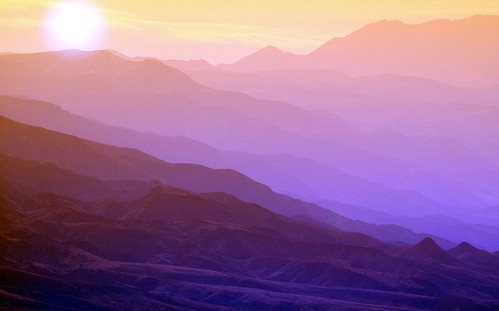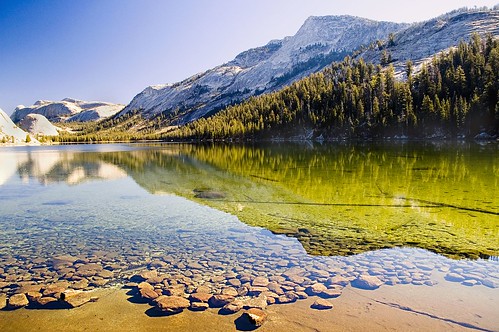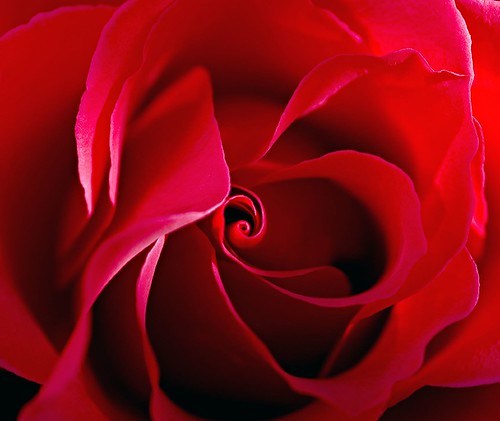View this photo larger. This Death Valley landscape was originally featured here.
Regular readers (or should I say “viewers”) of my Photoblog 2.0 likely know that I use Flickr for my image management. This means that after I’ve post-processed my photos in Photoshop I save off a high quality Jpeg version of each photo and upload it to Flickr (see Post-Processing a Photo for Flickr for more info).
Flickr then hosts my photos in all sizes I might want, and provides an easy mechanism for me to post a photo and story to my blog. Each photo in Flickr comes with a Blog This link. Provided you have configured Flickr to “speak with” your blog, you are one click away from blogging any photo.
Somewhat to my surprise, other parts of my blog have essentially been outsourced to Flickr. Flickr’s tagging facility is an excellent way to help keep track of my photos, and I use it rather than tagging photos within Adobe’s Bridge. More significantly, most of my dialog with you (people who view my photos and read my blog, that is!) takes place within Flickr (rather than on my blog). It’s really great to be able to dialog with people who view my photos, and it is great to be able to use Flickr’s community and sharing features to facilitate this. Combining my photo blog with Flickr has created a far greater pool of interest for me than I ever would have been able to generate just using the blog.
Flickr’s photo community has also become significant to me, as a world inhabited (for the most part) by talented, gracious photographers who are truly interested in sharing. What a gift! This is the community I always looked for as a professional photographer, but never found–because photographer were more interested in “getting ahead” than in helping others.
Flickr also provides a clarifying mechanism for quality photography. As the old saw goes, “cream rises to the top.” There are a number of objective measures of this “photographic cream” on Flickr:
- How many times a photo has been viewed
- How often a Flickr member “favorites” a photo
- The number of comments a photo receives
- The Interestingness of a photo, a secret formula that Flickr uses to rank photos (read more about this)
All these measures are temporal. Meaning that a photo (hopefully) gets more views, comments, etc., over time. And that (as a relative matter) other photos get better ratings as well. So the Flickr clarifying mechanisms as a way of comparing photos are not static.
A more significant drawback is that Flickr ranking is essentially a democratic mechanism. But being an “artist” (whatever that means) is not a democratic state. Flickr can show me what photos of mine are popular, but it is no substitute for my own judgement of quality of my own work. I can slip something by on Flickr, but will I really be happy if I know I’ve cut corners? (Of course not.) Flickr is an exercise in populism at its best, but great art (and great photography) is not.
These caveats aside, this blog entry presents my top three photos on Flickr at this point in time. The two landscapes are on top using all four measures while the rose photo (being more recent) trails in number of views, but is third in the other three categories.
By the way, these photos are approaching 500 views and 50 comments each. By Flickr standards, they are still light weights. For example, there is a Flickr group devoted to photos with 1,000 views that have been favorited 100 times each.
This photo of reflections in Lake Tenaya in the Sierras was orginally shown in this blog entry.
View this photo larger.
The rose was originally featured here.
View this photo larger.



Pingback: Fotofimmel » Blog Archive » Photo Sharing - Grundsätzliches